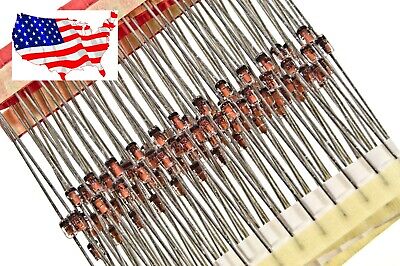Ohhhhhhhhhhhh I said I'd shut up.......but I can't!!!!!!!!!!!
How I see that regulator working.........
--------------------------------------------
First.... IGNORE TR301. Play like it isn't there.
The supposed 24.8V (that should be on both collectors TR302/TR401) drops through R305 (220R) to D302 which starts conducting...but should plateau at about 16.95 v. The rest (24.8 - 16.95) should be across R305.
--That 16.95 v drives current through R304 (470R) to the base of TR302 which is going to make it conduct. That will cause current to flow to the base of TR401 which will cause it to bias on and make current flow through TR401 to the load. The voltage....will be indirectly controlled by the zener (D302). So... 16.95 .... minus the current * resistance of R304 minus TR302's BE drop (0.7) minus TR401's BE drop (another 0.7) is going to give you the nominal 13.8V. (actually it will be a mite higher than that.... the pot adjustment RT301 will set it to 13.8V!)
--
If you pull TR301 and fuse F402 (for safety!) you should see that 13.8 ish on the output rail from TR401's emitter. (once RT301 is properly adjusted!)
---------
- Now the feedback....
------
TR301's emitter is referenced to D301 (6.1vzener). So the idea is... TR301 is going to be biased off....until the base voltage starts climbing above 6.1v + 0.7 (Vbe drop) and will then start to conduct. What happens when it conducts? It starts pulling the base of TR302 down towards the 6.1 v zener.....meaning.... it "throttles down" the pass transistors....making them drive a little less.
----
So my thinking is that... with NO LOAD at ALL... (fuse pulled) .... you would see TR301 conducting because...since the out voltage is 13.8.... the base of TR301 will be above the zener....and start to turn on....which will pull the base of TR302 down.....throttling the pass elements down.... in an attempt to reduce the voltage. This OF COURSE is adjustable by RT301.
--
at this point.... the NO LOAD conditions will find a quiescent point where it will stabilize..... and you will have 13. something volts "on tap".
-------
NOW..... we put the fuse on (NOT REALLY.... not yet.... just for my example!)...
but we start pulling some serious current out of that supply....especially if we "key up". What is going to happen?????
---
First the current draw will pull that 13.8ish volts down!!!!! Because the pass transistor is currently throttled by TR301. When that voltage drops..... all the voltages on the "voltage divider" made up of R302, RT301 & R301 will also start to drop. That will drop the voltage on the base of TR301. THAT will make TR301 REDUCE it's current flow.
THAT will release the base of TR302 (it will release the clamping effect that pulls it down) and the zener D302 (our 16.95 volt friend) will make the base rise.... which will turn the pass transistors ON a little harder....forcing MORE current to flow to the output.... which will make the voltage RISE back up to that "quiescent point".... or at least try to.
----- when the load is released suddenly.... the output of the supply will try to rise....because of the sudden drop in current draw... so the voltages on the "voltage divider" will all rise..... which will make TR301 conduct..... which will pull down a little on the base of TR302.....which will cause the pass transistors to reduce current output....and the voltage will again....stabilize at the "quiescent point".--
--
--
--
I am sure hoping that this info will be helpful... but I really do think that .... pulling TR301 out (and the fuse!!!!) and fighting the pass elements first.... THEN throw TR301 back in to get the load adjustment working... will get you somewhere.
Okay... NOW I'll shut up!!!!!!


